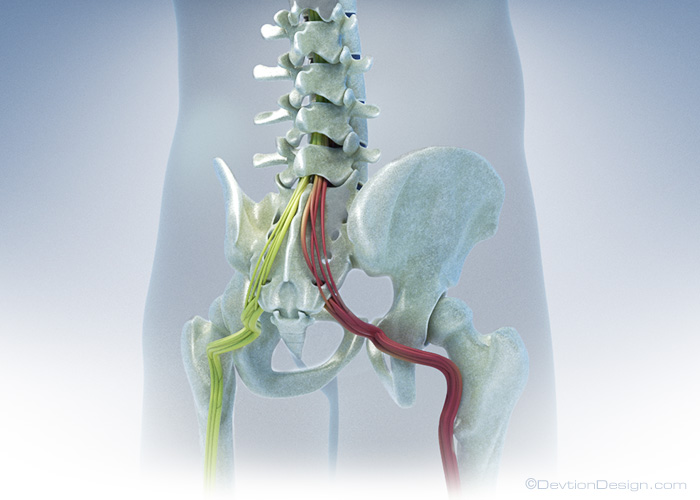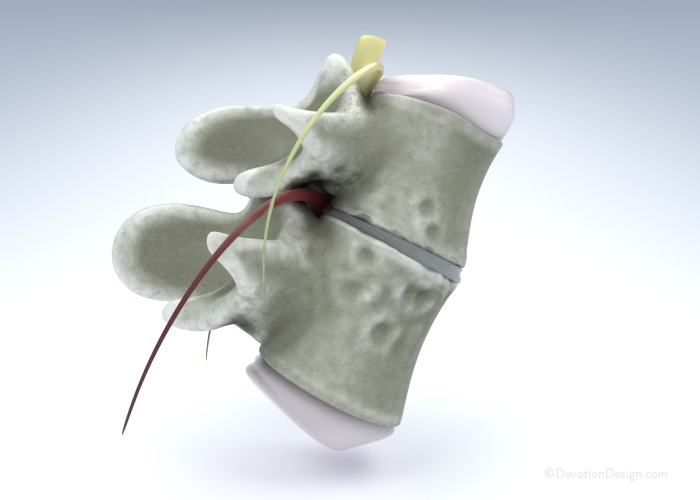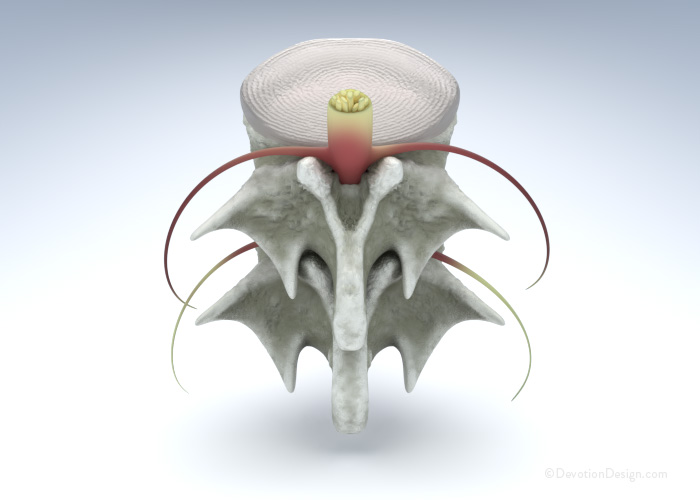
Also known as non-surgical spinal decompression, this advanced therapy is a safe, effective, and drug-free way to treat severe and often debilitating spinal conditions in the lower back or neck.
What is Spinal Decompression Therapy?
Back pain caused by a herniated, bulging, or degenerated disc, or even spinal stenosis, can be life-altering. In the past, invasive surgery was often the only option. Today, with advanced technology like spinal decompression systems, patients can experience relief from pain, weakness, numbness, and other symptoms—without surgery or long recovery times.
How does spinal decompression therapy work to relieve pain?
Spinal decompression uses computerized precision technology to gently stretch and release pressure in the affected areas of the spine. Each treatment is custom-programmed by Dr. Tinkey and carefully monitored by trained staff to ensure comfort and safety.
The therapy works by gradually separating the vertebrae, which creates a vacuum-like effect. This:
Unlike traditional traction, spinal decompression actively promotes disc healing and restoration.
What conditions are treated with non-surgical decompression?
Non-surgical spinal decompression has shown excellent results for many common spinal problems, including:
The treatment is low-risk, noninvasive, and life-changing for many patients who thought surgery was their only option.
What is the difference between non-surgical spinal decompression and surgical decompression?
Surgical decompression is done under anesthesia and is performed by medical professionals with instruments that cut open the skin and other tissues with the intent to remove disc, bone growths and parts of the vertebrae that may be causing nerve pressure. Often following the removal of these structures, the spine is unstable and must be secured with screws and metal plates which are placed there permanently.
Fig.1

Pressure from vertebrae can cause the gel-like center of a disc to bulge or herniate through a weakness in its outer wall. When a herniated disc occurs to a vertebrae in the lower back, it can press on the sciatic nerve.
Fig.2

Degenerative disc disease is the natural wear down of the discs between vertebrae of the spine. The wearing down of the discs lowers their height causing the nerve passageways to become smaller. This can cause pressure on the sciatic nerve.
Fig.3

Degenerative disc disease is the natural wear down of the discs between vertebrae of the spine. The wearing down of the discs lowers their height causing the nerve passageways to become smaller. This can cause pressure on the sciatic nerve.
Fig.4

Spinal stenosis is the abnormal narrowing of the spinal canal. This narrowing reduces the available space for the spinal cord and nerves. Spinal stenosis can pinch the sciatic nerve as it leaves the spine.

Free Consultation
Call us today at 303-926-4930 or fill out the form below. You can also text us directly at 303-720-6843.